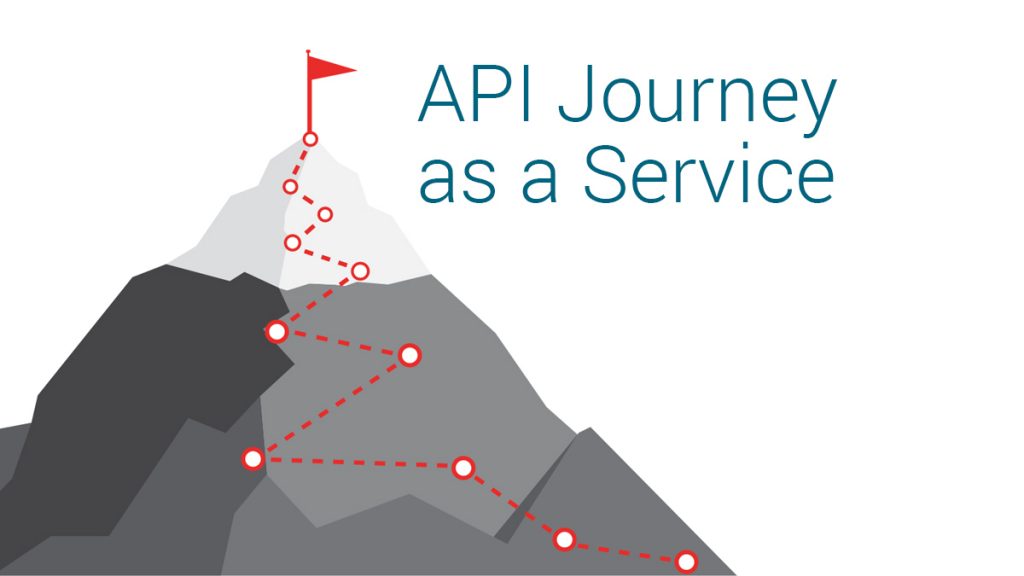API Journey as a Service is a concept that delves into making an API program accessible. One part that draws consideration is related to the relationship between API providers and consumers. The API Journey as a service starts when the API owner is accountable for creating specific expectations with the consumer as the product API develops from inception to the final phase of going live.
API Journey as a Service: Central topics
Central topics are centered around API design, management, security, governance and self-service. During the main journey, a consumer might interact with a provider during the various phases of updates. Numerous ways of communication can be utilized from email, WebEx or Teams. While this approach has been useful, new challenges have occurred as more APIs are on the rise.
While solving an overabundance of questions during the status phase is rather time-consuming, so is the challenge of solving problems that make an API program scalable without hindering API owners.
Tackling the issue
To effectively tackle the issues, the API Journey as a Service seeks to simplify the stages and to solidify your API journey.
Six stages to better enable the API Journey as a Service

1. Define
For an API Journey as a Service to commence, you must define the function of the API, why you need to build it and who benefits from its inception. This is the main point that must be adhered to.
2. Design
The next step is Design. This is an essential stage to adapt to the API Design First method. From this point, an API owner’s focus is to publish a mocked API for consumers to test and get the lay of the land.
3. Mock
Mock is another important stage because if the consumers are satisfied with the API contract along with the mocked request and response data set, the API contract will be sent to the developers to build the real API.
4. Build
After the mock phase, it’s time to build! The API needs to be built from the ground up. From there, you can move on to the next stage of deployment.
5. Deploy
When you deploy the API, it then goes into the world for more testing and uses for further gathering and information.
6. Publish
The final phase comes down to publishing. This is where consumer access is evident, and the API is in full swing for the consumer.
At the end of the day, it’s beneficial to offer a self-service framework where an interested party or stakeholder can have a full outlook on the API journey from A to Z.
For companies to flourish with their API program, they must adopt an “API as a Product” mindset. When the API is treated as a product, it goes through various stages starting with a suitable definition and ending with the production release for consumption.
As the API progresses, the key participants (both providers and consumers) should be informed about pertinent updates. This allows them to take necessary action on their end. Additionally, it’s noteworthy to allow stakeholders to access an APIs lifecycle journey via an API or in a visual manner.
Challenges can arise when different functions from the API Product owner are entrusted to identify where they are in the journey.
Value perspective
Having an API journey from a value perspective spares the users who are building APIs from the conversation of what is happening on an ongoing basis.
The best way for any enterprise to scale its API program is by providing a self-service model around its API Journey.
This initiative helps to cut down the middleman. The more APIs that are being built brings forth more communication. It’s beneficial for the stakeholders to access an API lifecycle journey from a visual standpoint.
Modernize your IT infrastructure with APIs.

Follow us on social